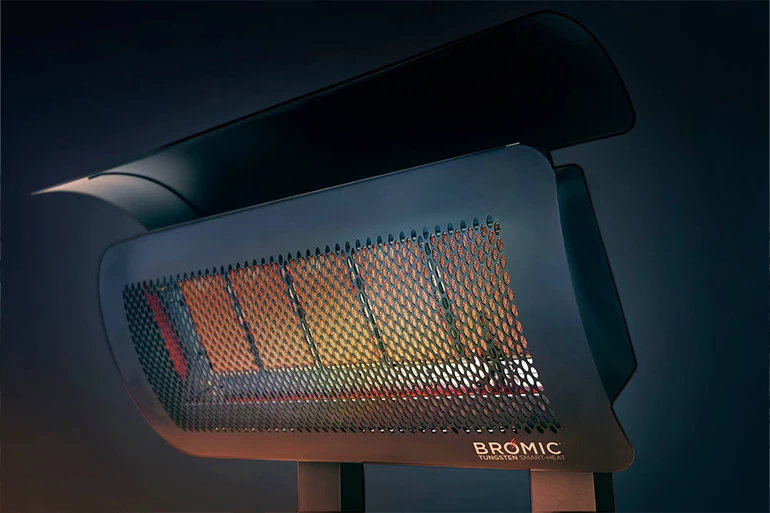Infrared Heaters Buyer's Guide
There's nothing quite like the pleasant, all-over warmth you get at the beach or from an infrared heater. Yet, somehow, most of our attempts to keep warm center around trapping ourselves inside boxes of hot air. What if you could break out and have that beach-warm sensation wherever and whenever you want it? And what if it also literally helped you breathe easier and use less energy?
Well, that's exactly what Infrared Heaters can help you do. The reason they can is that they don't bother trying to heat air.


